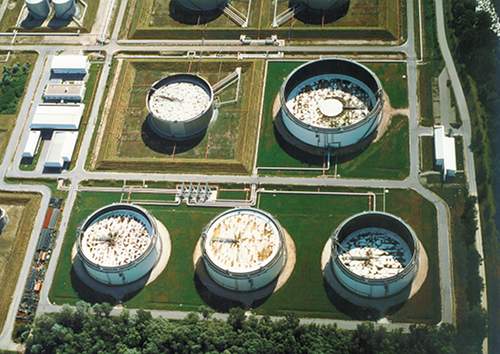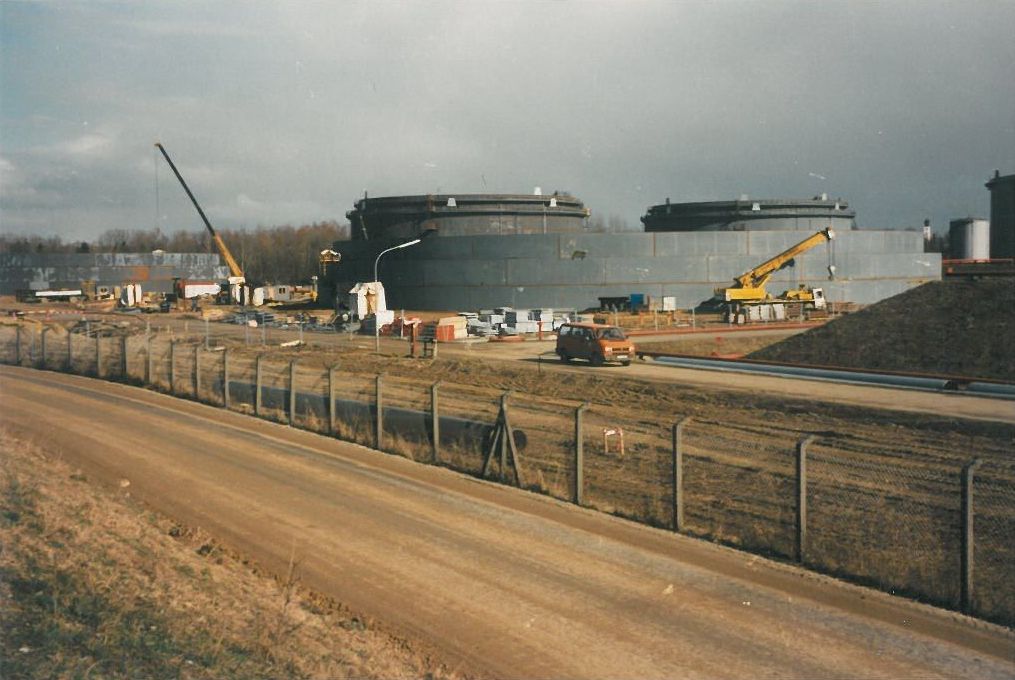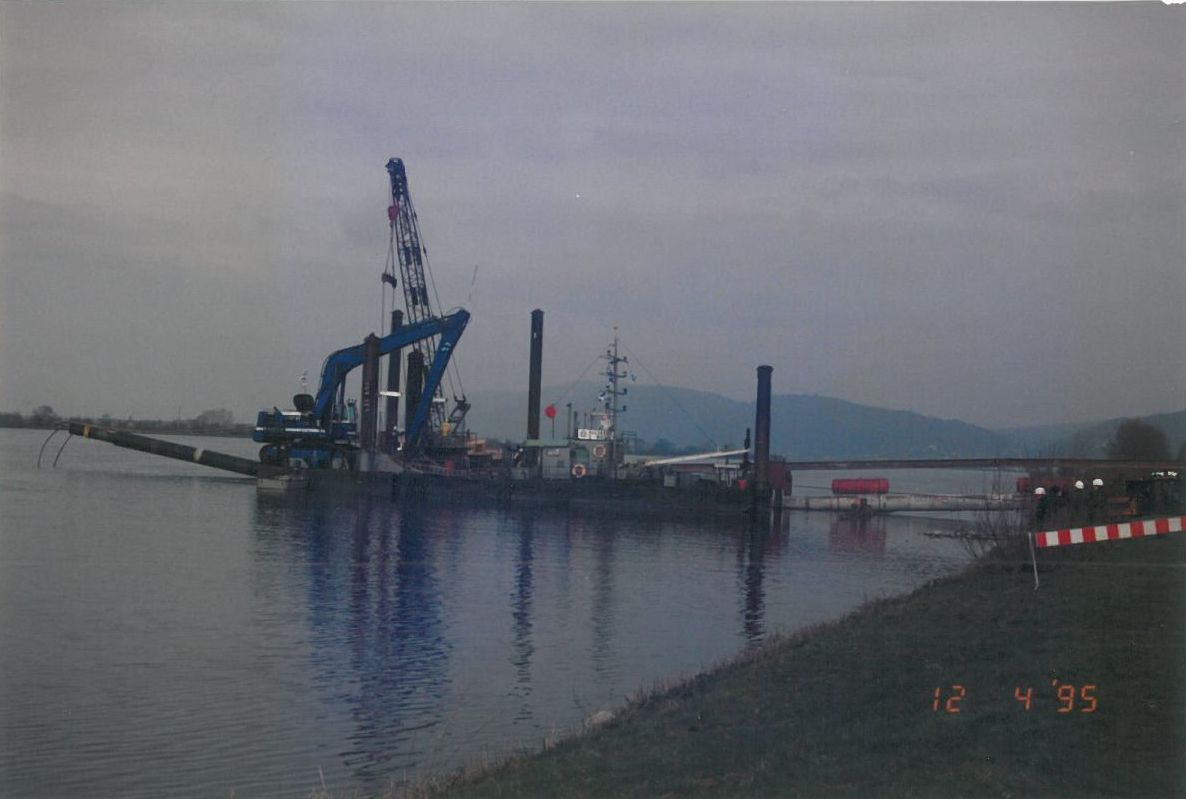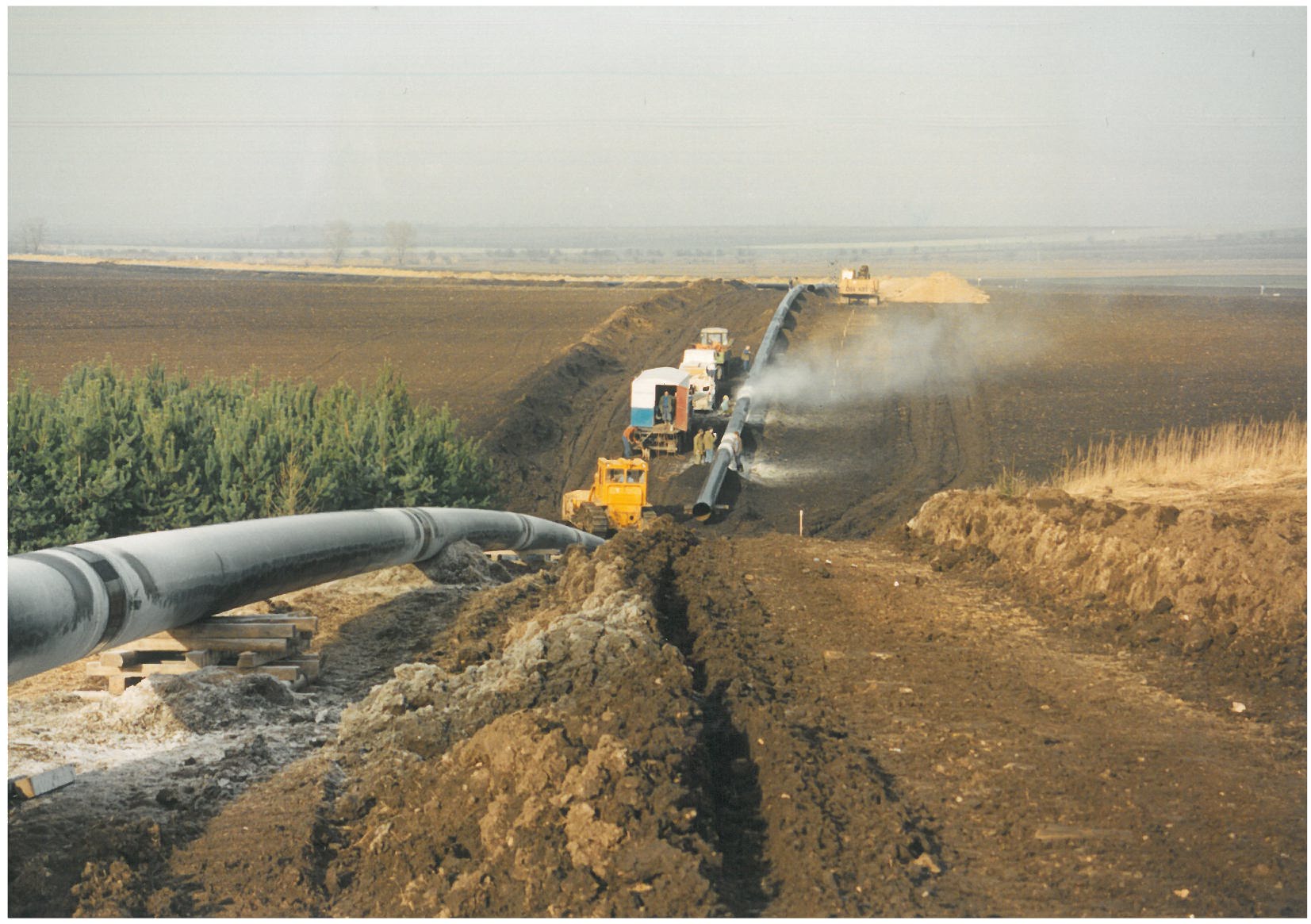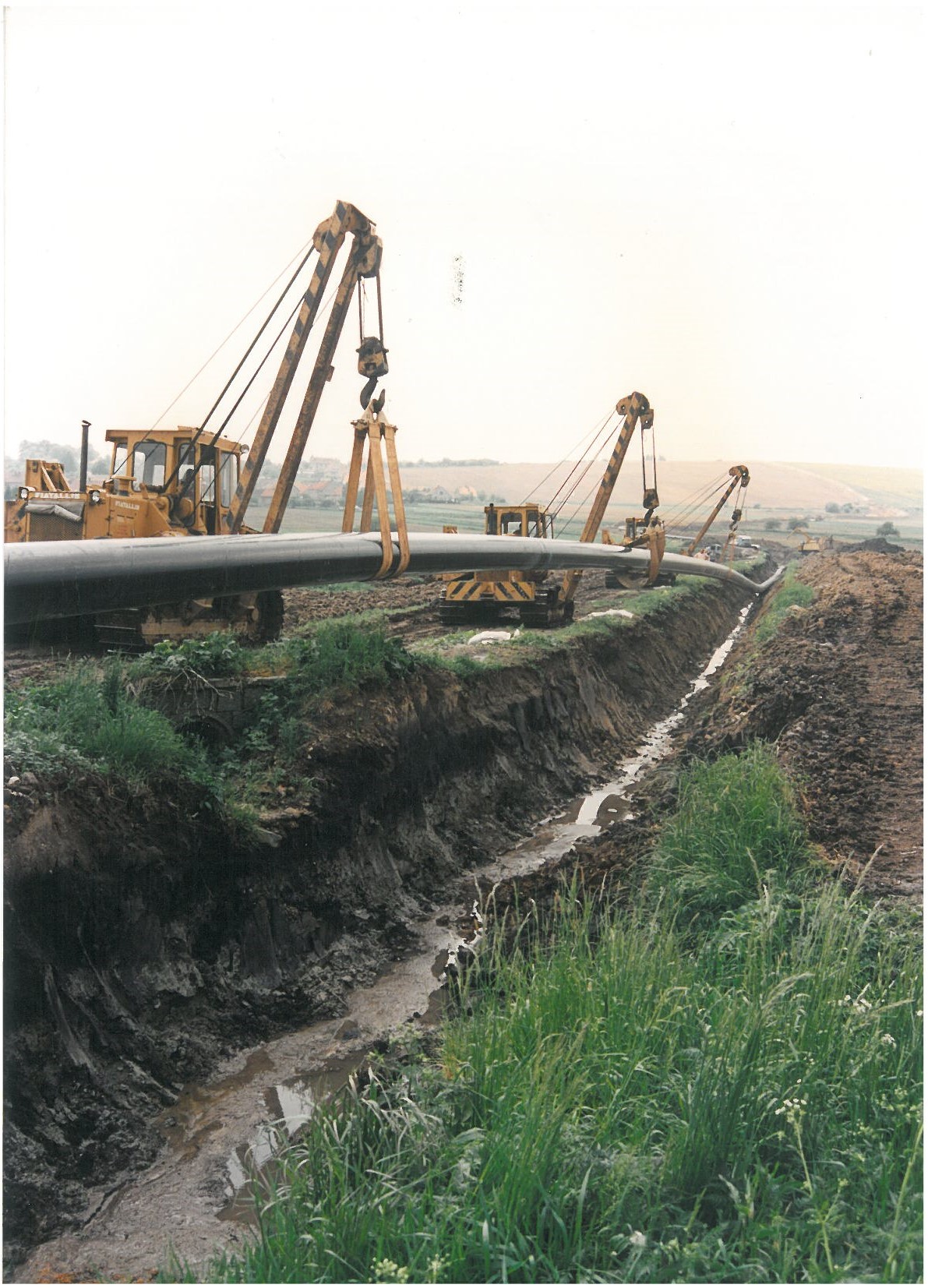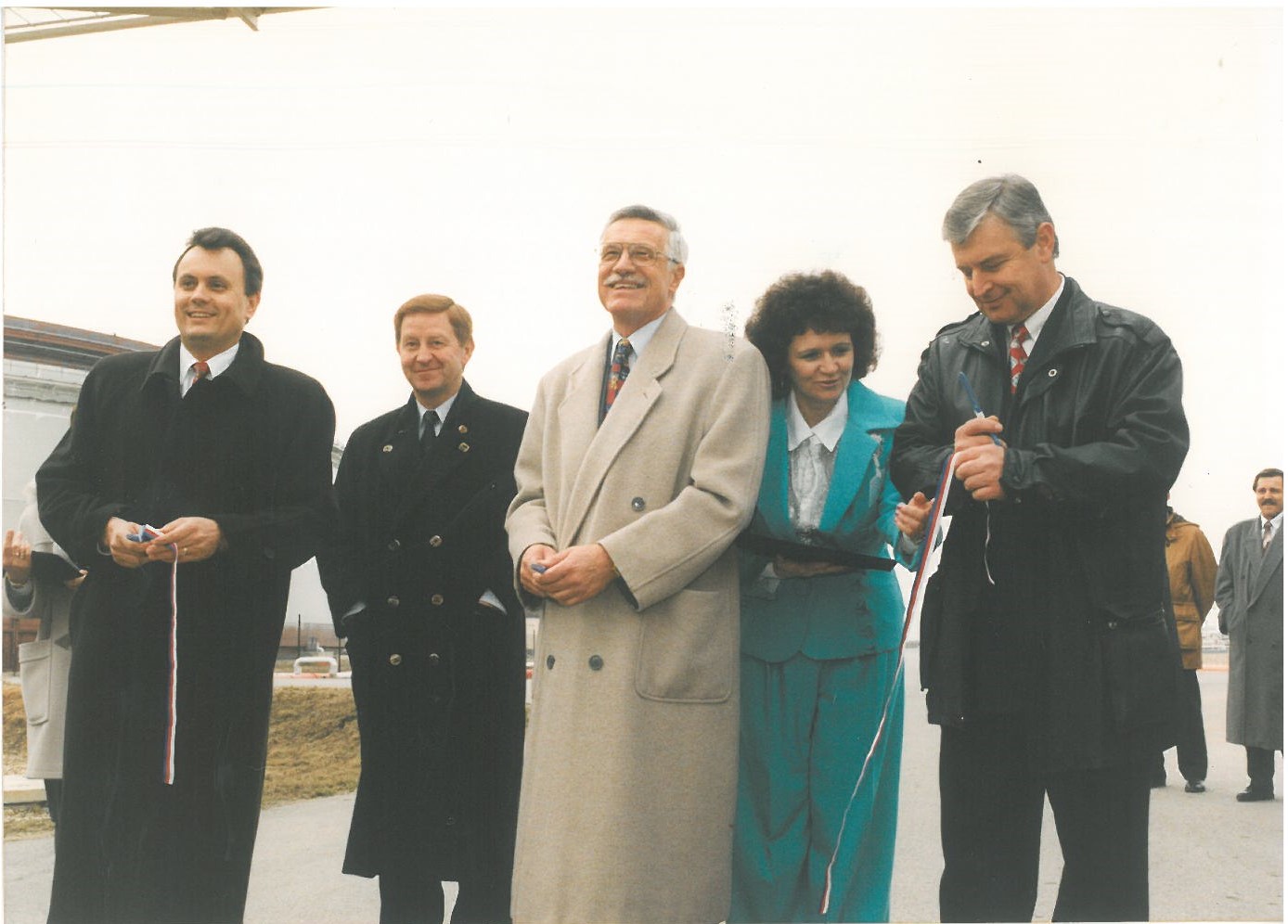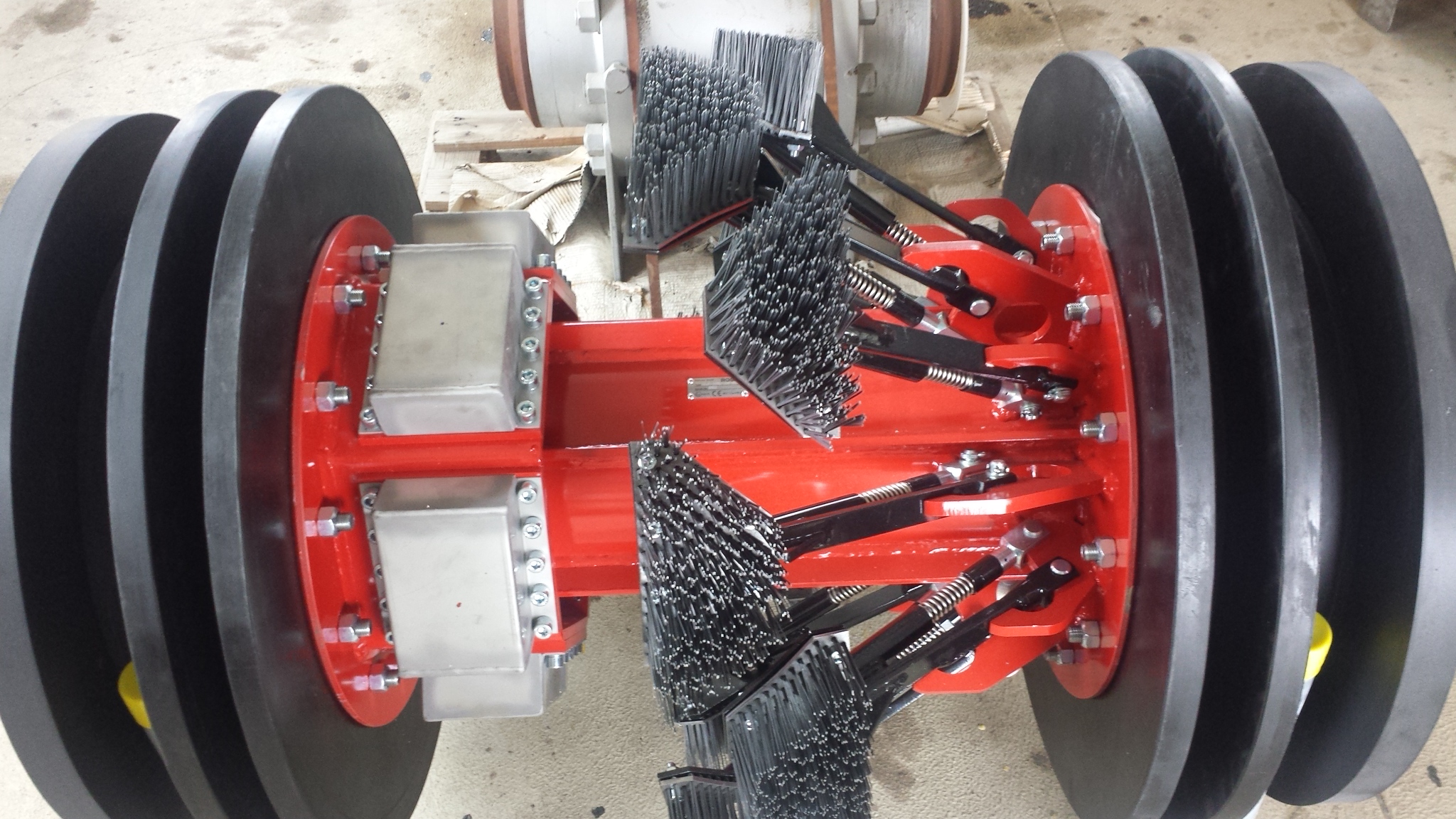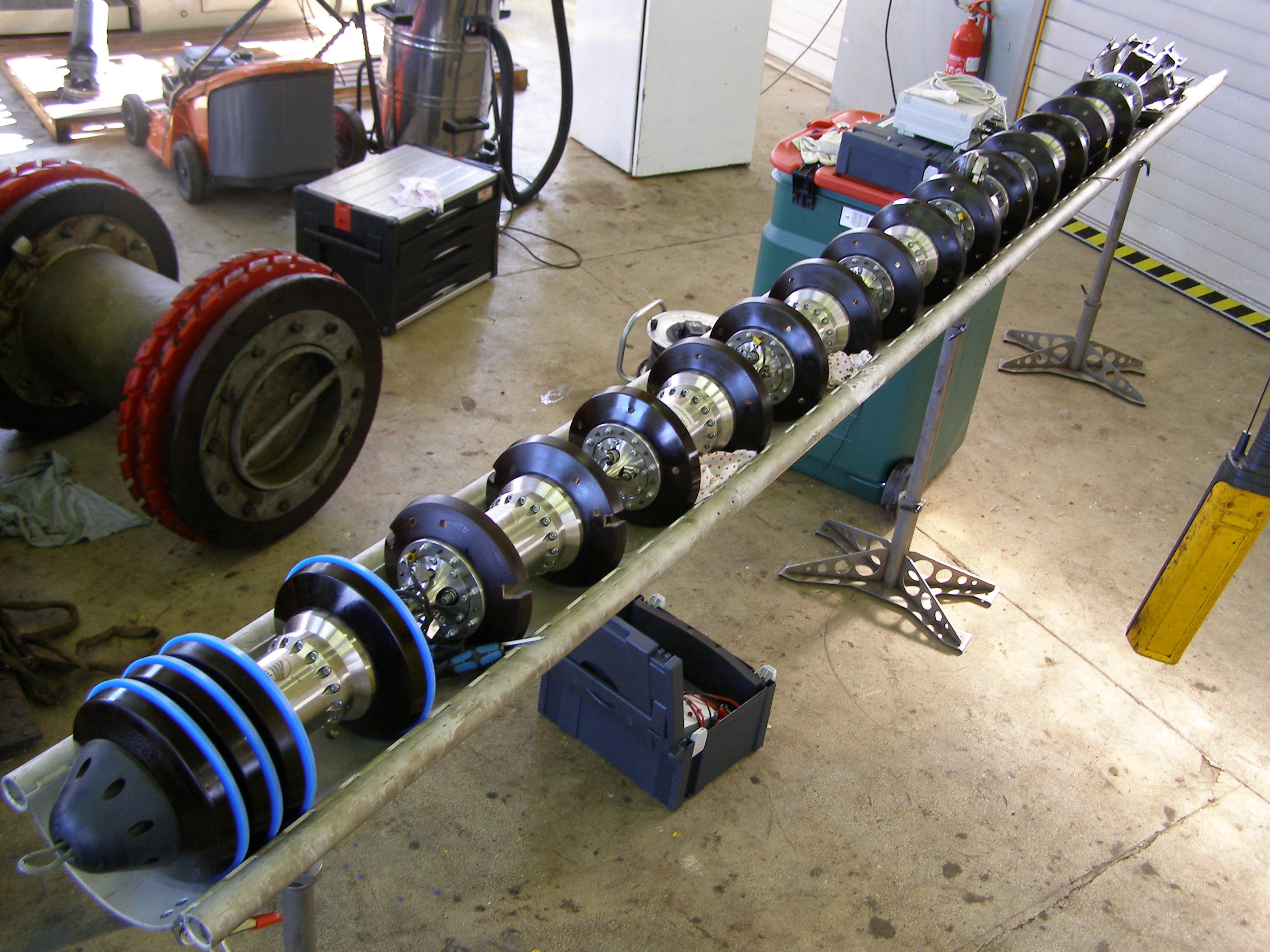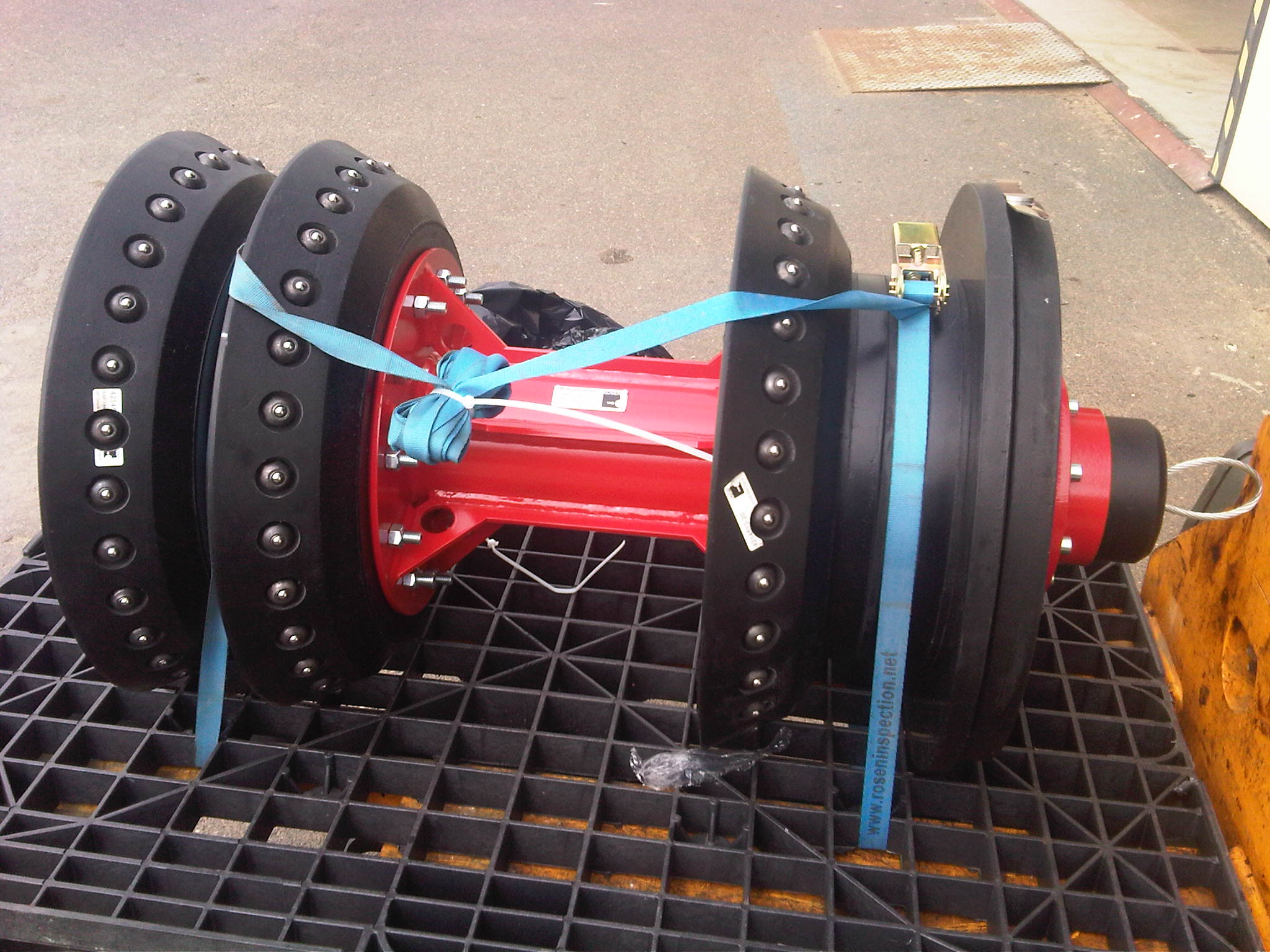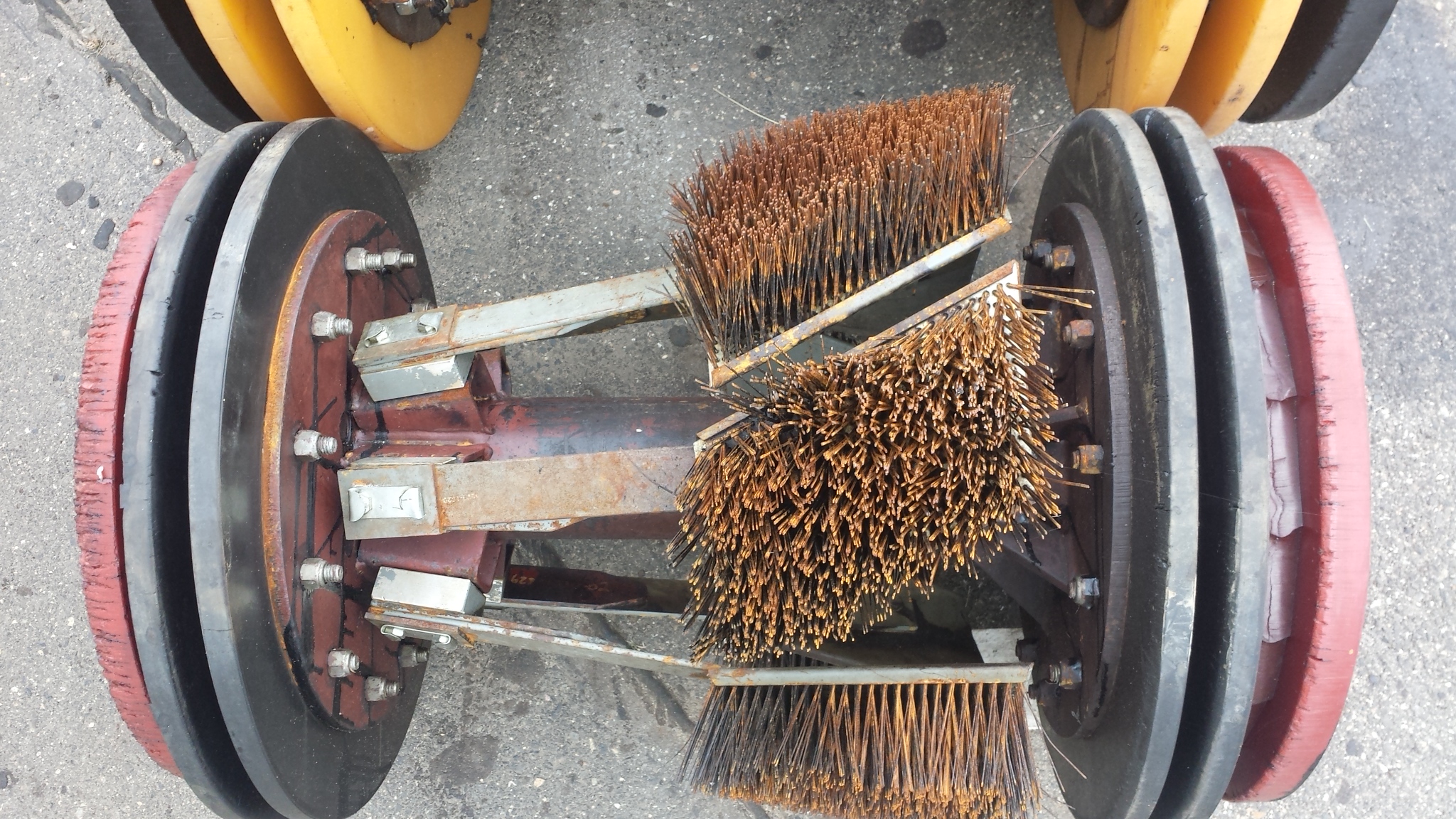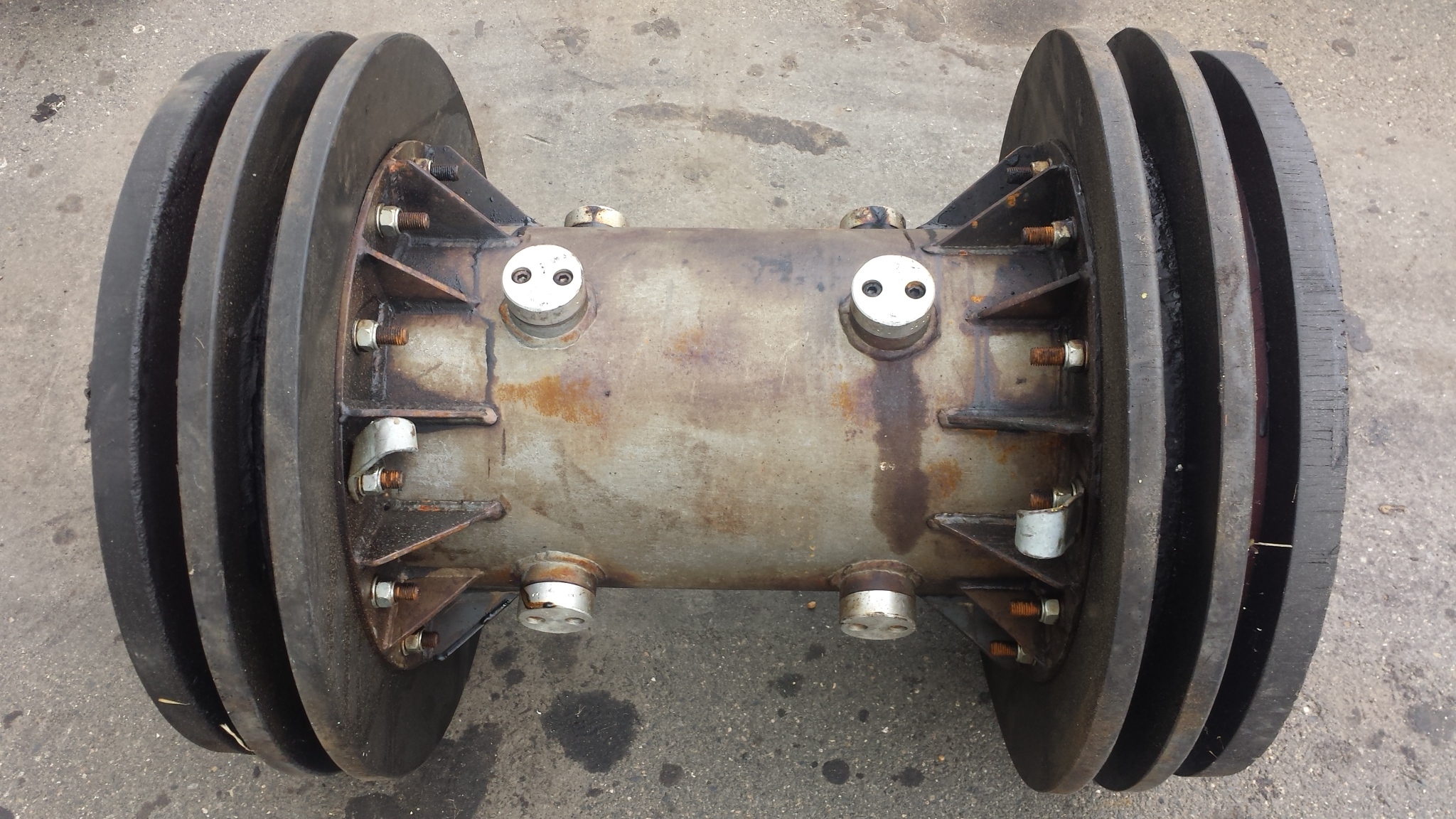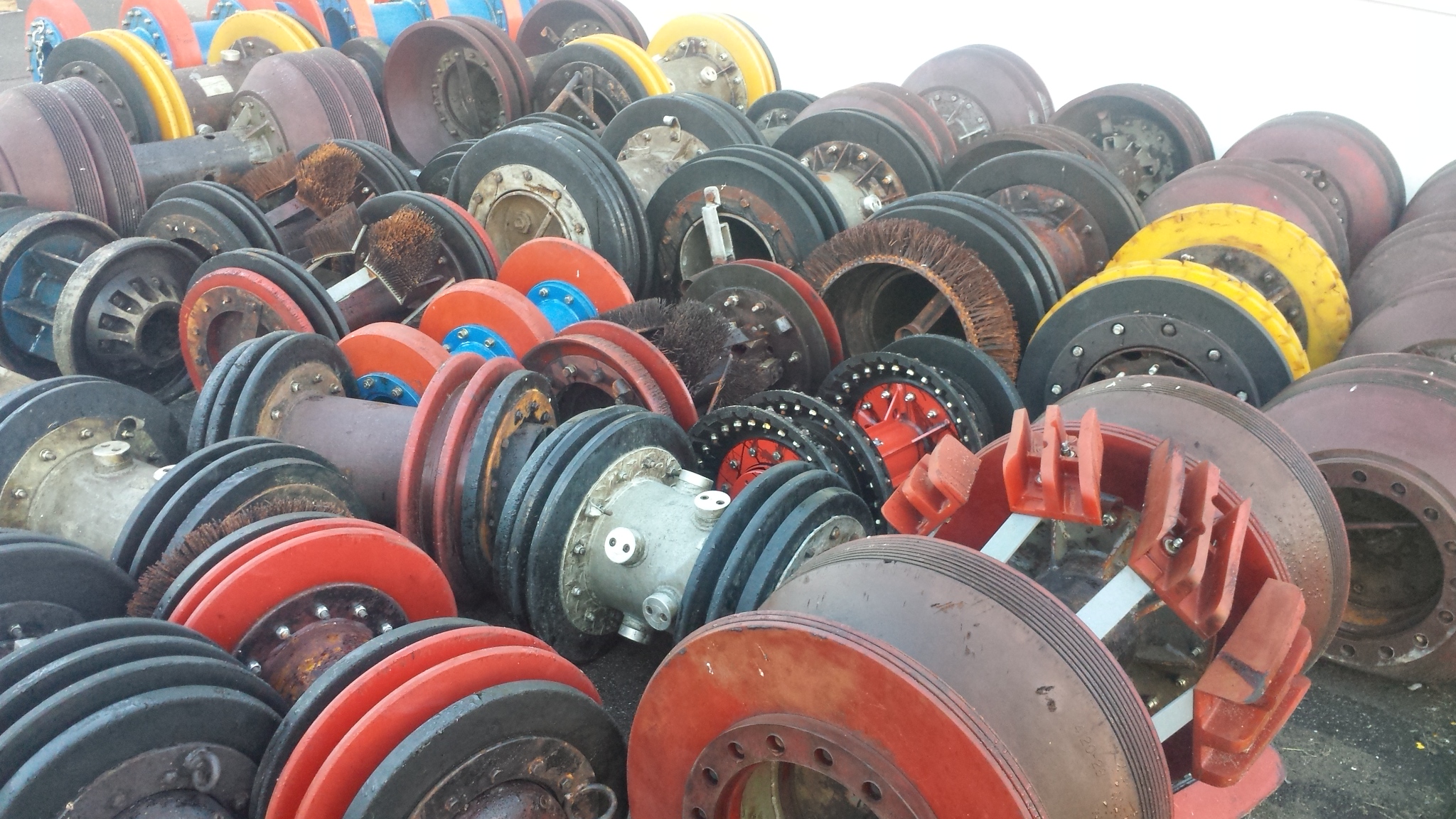20 years of the crude oil pipeline
The IKL crude oil pipeline begins in Vohburg, in Bavaria.
It is connected to the European TAL crude oil pipeline
leading to the Italian port of Trieste, where tankers bringing
oil from around the world. In Germany, the IKL leads south from
Regensburg, then turns to the north and enters the Czech Republic
at Rozvadov. It passes through Tachovsko (Plzeň Region), around
Krušovice (Central Bohemian Region), to the central crude oil tank
farm in Nelahozeves. From here, the oil goes to Kralupy or via the Druzhba
pipeline to Litvínov.
through the cadastral area of 6 districts
and 34 municipalities.
approximately 1,500 land owners or tenants.
In the Czech Republic the crude oil pipeline
passes through approximately 4,000 land parcels.
